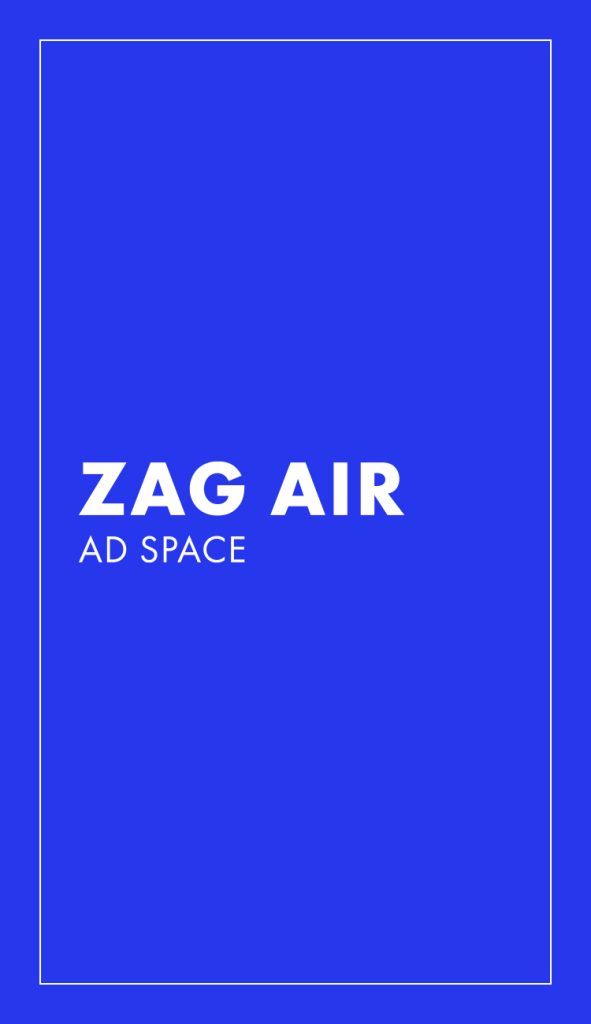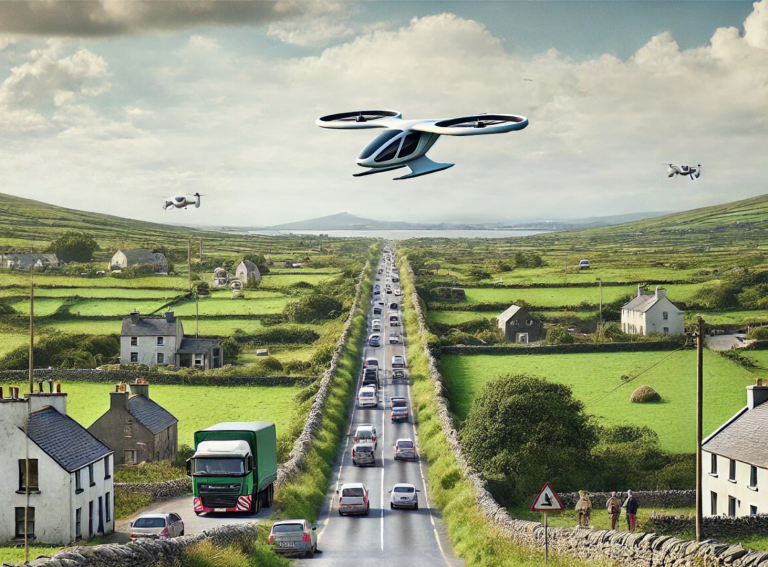The eVTOL Insights Europe Conference in London brought together leaders in advanced air mobility to discuss progress, challenges and opportunities within the sector.
Featuring discussions on certification, market dynamics, and the competition between urban and regional air mobility, the event painted a complex picture of the industry’s future.
Reflecting on the packed agenda, Jason Pritchard, Editor of eVTOL Insights, remarked: “London was another great gathering of industry leaders discussing key topics about the global Advanced Air Mobility market. It was a great opportunity to recap what has been a busy 12 months and look ahead to 2025, which looks set to be another important year of key milestones towards commercial operations.”
Urban Air Mobility (UAM) vs Regional Air Mobility (RAM)
One point of discussion was the competition between Urban Air Mobility (short-range flights within cities) and Regional Air Mobility (medium-range flights connecting cities).
According to Darrell Swanson, Co-founder of consultancy EA Maven: “when we do the maths, regional air mobility is three times bigger than urban air mobility.” RAM’s potential, he argues, lies in serving established demand rather than creating a new market. He said that this vision includes frequent services: “It needs to be like trains; if you miss one, there’s another in 20 minutes.”
Another RAM advocate at the event was FlyV which offers an efficient and time-saving alternative for travel within the 100 km to 900 km range. FlyV uses an example connection from Bremerhaven to Rosenheim in Germany which is 900kms. By car this takes 8-10hrs, by train it takes 7-8hrs and by Bremen airport it takes 6-7hrs. With FlyV’s eVTOL solution however it would take just 2 hrs.
Meanwhile Jenny Kavanagh, CSO of Cranfield Aerospace, stressed the importance of hydrogen fuel cells for cost-efficient long-range operations, calling it “a transformative technology for regional aircraft.”
Certification: Progress and bottlenecks
On the certification front, Kirsten Riensema, AAM Strategy Lead at the UK Civil Aviation Authority (CAA) outlined a pragmatic approach. She explained that instead of overhauling regulations, the CAA has issued guiding statements and is consulting on adapting heliports for eVTOL use.
Riensema shared that harmonised global criteria could be ready by 2025-2026 but acknowledged that certification remains challenging even for traditional aircraft. “Certifying is hard,” she said, urging more collaboration between companies and regulators to overcome the hesitancy around intellectual property sharing.

Realism over hype
Some industry leaders delivered a more sobering assessment of the urban air mobility sector, emphasising the need for realistic approaches to business models and infrastructure. During a panel hosted by eVTOL Insights Editor Jason Pritchard, executives from Urban-Air Port and UrbanV highlighted the challenges facing eVTOL adoption and warned against overhyping the industry’s readiness.
Andrea Wu, CEO of Urban-Air Port, identified limited infrastructure investment as a critical obstacle. She also challenged assumptions about eVTOL accessibility, predicting that UAM will remain inaccessible in its early stages due to high costs and niche demand. “We’re kidding ourselves if we don’t think this will be a VIP service to begin with,” Wu remarked. She called for pragmatic business models, arguing that public funds should not subsidise a niche transport mode without clear public benefit.
Urban-Air Port Founder Ricky Sandhu underscored the sector’s immaturity, cautioning that “bits of airports aren’t vertiports” and criticised retrofitting efforts that fail to meet the specific needs of eVTOL operations. He urged stakeholders to focus on funding viable aircraft and designing infrastructure that aligns with the unique requirements of UAM.
Despite these challenges, the panel maintained some optimism. UrbanV CEO Carlo Tursi predicted the first commercial eVTOL operations could launch within 12 to 18 months in regions with supportive policies, citing the Middle East as a promising example. Wu closed by emphasising transparency and collaboration as essential for long-term success, urging the industry to work together to avoid further consolidation or stagnation.
Emergency Applications: A Life-Saving Use Case
Go Aero presented its vision for eVTOLs in emergency response. CEO Gwen Lighter outlined a global competition to develop a mid-range aircraft to replace helicopters in underserved areas. This initiative addresses critical gaps, particularly in the US, where ambulance response times can exceed 20 minutes. “Even in perfect conditions,” Lighter said, “this technology is necessary—especially amid a climate crisis.”




